Purple Tea: Everything You Need to Know About It
Discover this Unique, Healthy and Pleasant Twist on Your Tea Routine
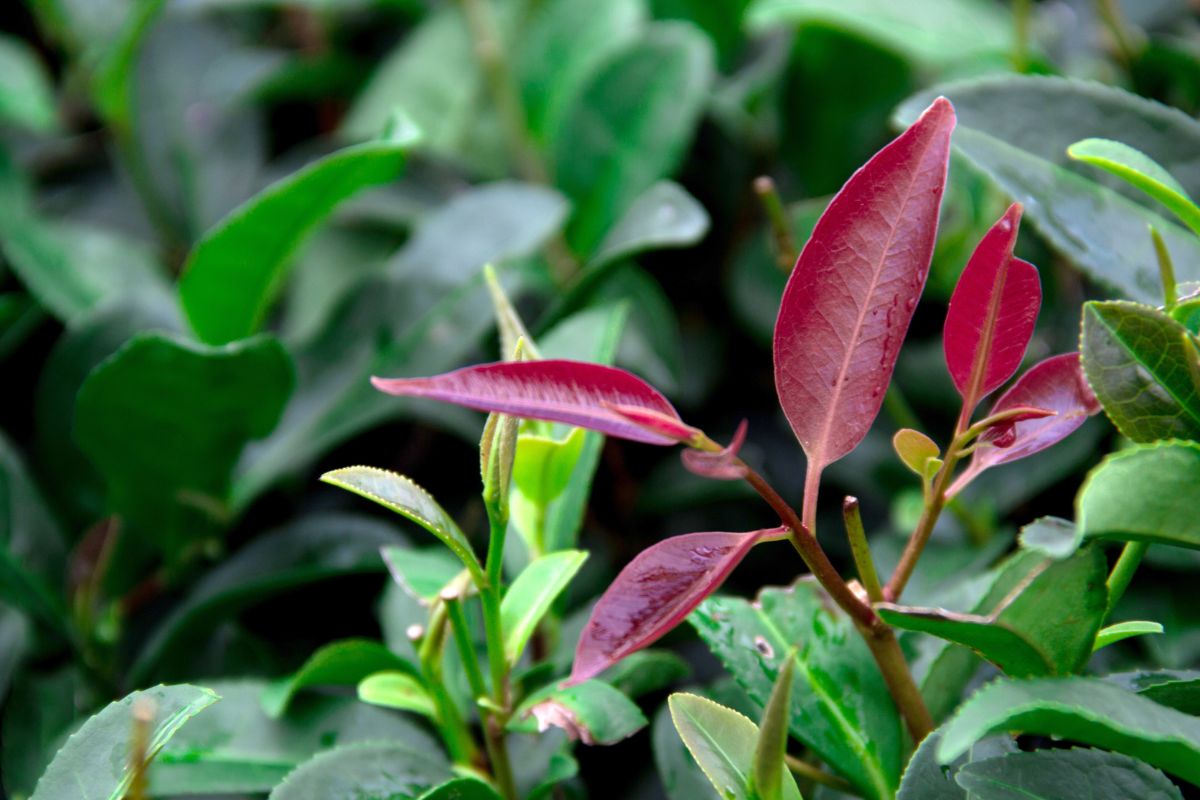
Have you ever heard of purple tea? This relatively rare type of tea is rapidly gaining popularity among tea lovers.
In this post, we’ll explore everything you need to know about purple tea, from its history to its taste and health benefits.
We’ll also look at how purple tea compares to other types of tea and answer some common questions people have about this unique beverage. And I’ll also share with you my opinion after tasting it.
So if you’re curious about this tea and wondering if it’s worth trying, keep reading!
What is Purple Tea?
Purple tea is a variety of real tea.
This means, it originates from the Camellia Sinensis plant, like black or green tea.
What set purple tea apart from other teas is the color of its plant leaves: they have a deep red, purple color.
Purple tea leaves get their color due to the natural presence of anthocyanins. Anthocyanins are a type of flavonoid that can be found in some food, like blueberries and grapes.
Which tea has purple color?
Before we go further, please note that the tea liquor (the liquid you get after steeping) of purple tea isn’t actually that purple.
It’s only called purple tea because the tea leaves of the plant are purple when they grow in their bushes.
If you are looking for a glass or cup of tea that gives you purple tea, you may go for butterfly pea tea or taro milk tea:

Buttlerfly pea flower tea
This herbal infusion has a dazzling blue color that turns purple (or magenta) when you add lemon to it
Taro milk tea
Looking for that pastel purple beverage from boba parlors? This is it!
Learn here how to make taro milk tea from scratch.
Origins of Purple Tea
The first mutations that produced purple tea leaves were originally found in Assam (India) but also occurring in China’s Yunnan.
In both cases, this natural mutation was found growing in the wild in mountains at high elevations (around 4,500 – 7,500 feet).
The Tea Research Foundation of Kenya (TRFK) got some plants in the 1980s and started researching it to develop a new, indigenous variety.
The result is purple tea, also called TRFK306.
This variety was officially commercially available in 2011 for small scale farmers in Kenya [source].
And by the way, don’t be alarmed by the words “mutation” or “develop”: purple tea is a natural, non GMO plant!
What does purple tea taste like?
Purple tea has a smooth and mellow taste, with subtle hints of floral and earthy notes.
Also, some people say it can have some berries, grapes and woody nuances.
The flavor can vary depending on factors like how it is processed, but generally it has a very low level of astringency compared to other types of tea.
It has a medium body and a pleasant aroma.
I personally can’t resist the smell of the purple tea before steeping it.
What type of tea is purple tea?

Purple tea isn’t a type of tea like white, green, black and oolong are, but a cultivar (a plant variety) that can be used to make different types of tea.
Because of that, the purple tea leaves can be processed like black tea, green tea, or oolong tea, depending on the desired flavor profile.
Characteristics
- TASTE:
Mellow, reminiscent of green tea, but without any “raw”, vegetal notes - CAFFEINE CONTENT:
Lower than black or green tea [source] - COLOR:
You might get a color that is between green and brown. It makes me thing of something between Chinese green tea and black tea.
However, it looks like some brands may produce tea with a decent purple hue. - PREPARATION:
Usually in a similar manner as black tea or green tea (steeped in hot water), but it’s also possible to cold brew it - HOW TO ENJOY IT:
Purple tea tastes both hot or cold.
Since it’s quite mellow, I don’t feel the need to sweeten it.
Also, I think it doesn’t goes so well with milk because the delicate flavor of the purple tea get overpowered.
Is Purple Tea Healthy?
Tea (specially green tea) is widely appreciated for its antioxidant properties.
But it turns out, purple tea has even higher levels of antioxidants!
Thank to its high content in anthocyanins in combinations with some catechins, purple tea may offer some impressive health benefits like:
- Reduce risk of cancer [source]
- Improve brain function [source]
- Boost immune system [source]
- Reduce inflammation [source]
- Help manage weight [source]
Apart from polyphenols, purple tea also provides theobromine, some proteins and minerals.
Types of Purple Tea
While in this article we are covering Kenyan purple tea, it’s important to note that there are other types of purple teas across the globe.
All these types are rich in antioxidants, but they differ in taste, origin, and processing methods:
Kenyan Purple Tea
We’ve already talked about this one, so let’s leave it with a very quick recap: Kenyan purple tea is grown in small tea gardens in the hills of Kenya.
It has a light taste with subtle floral hints and little astringency.
The variety is quite rare and new.
It’s high in antioxidants and low in caffeine, making it a great option for those who are sensitive to caffeine or looking to reduce their intake.
Chinese Purple Tea
There are more than one varieties of Chinese purple tea:
- Zi Cha (紫茶) or Zi Ya (紫芽) and Ye Sheng (野生) are made from a naturally mutated wild tea plants with purple color.
Like Kenyan purple tea, these plant grow at high altitudes.
Most of these are often processed as pu-ehr tea, fermented and aged, but you can also find them as black tea, oolong tea.
- Zi Juan is a newer purple tea developed in the 1990s.
This one is rather used to make green tea or black tea.
Compared to Kenyan purple tea, Chinese purple tea has a higher level of bitterness, specially the wild growing types.
Sunrouge tea

Sunrouge is a Japanese tea that has a pink hue.
Like Kenyan purple tea, it was specially developed to have a high antioxidant content.
Sunrouge has also color-changing properties: its pretty light pink color intensifies when you add a little amount of lemon juice.
It also offers a high content in anthocyanins, but opposed to Kenyan purple tea, it has a high level of astringency.
Also, it contains slightly more caffeine than regular tea.
You can read more about this tea and tips to prepare it in my article about Sunrouge.
How to Brew Purple Tea
The ideal water temperature and steeping time for brewing purple tea depends on how it is processed.
So, in case of doubt, be sure to follow your package’s instructions.
But as a general rule, note that as it happens with green tea, if the water is too hot, it can get bitter.
On the other side, since purple tea has a subtle taste, if the water is too cool, the tea may not steep properly and the flavor may be weak.
TIP
Don’t skimp on tea leaves so that the resulting tea has enough flavor!
And with most loose leaf tea, you can steep purple tea leaves more than once.
I usually steep it two times and then for the third steep, I cold brew it overnight.

FAQs
Purple tea is considered to have lower levels of caffeine than other types of real tea, but it still provides caffeine, so I personally prefer avoid drinking it too close to bedtime.
You can add milk to any tea from the camellia sinensis plant: the milk won’t curdle and the benefits of the tea don’t disappear because of the added milk. (You can get more details on this on my post about “Milk in Green Tea”)
However, while I enjoy adding some milk to green tea, I find that the delicate taste of purple tea doesn’t go so well with milk.
The climate and soil in Kenya are ideal for growing tea, with high altitudes, plenty of rainfall, and nutrient-rich volcanic soils.
Also, the Kenyan tea industry wanted to create new tea varieties that could compete globally and offer more variety.
As a result, they developed purple tea, which provides Kenyan tea farmers with an opportunity to diversify their crops and increase their income. This was specially important after the demand of black tea, which was Kenya’s primary export crop, dropped.
Luckily, since purple tea is loaded with antioxidants and has a very agreeable taste, it has sparked interest among tea enthusiasts worldwide.
My Thoughts after Tasting Purple Tea
I’ve purchased this purple tea on my own. This post is not sponsored nor I am an affiliate for this tea.
Please take into consideration that as I write this, I’ve only tried one Kenyan purple tea.
So, I’ll just make a tea review of the Kenyan purple tea I have:

Honoring the indication of the package that says the tea has a medium level of oxidation: it really tastes somewhere between green tea and black tea.
The smell of the leaves before steeping it’s extremely comforting.
When steeping at the right temperature, it has almost no astringency.
However, it’s important to use enough amount of tea leaf: I once used too little tea and the result was quite faint.
The flavor is very smooth, with some floral hints that lingered a bit in the aftertaste.
Another thing I loved is that the tea leaves me that refreshing sensation in the mouth I also get after drinking high quality green tea.
But compared to green tea, purple tea hasn’t any “grassiness” or vegetal notes, but rather roasted hints instead.
I personally enjoy this tea plain: unsweetened and without adding milk (the milk didn’t add anything to it in my opinion).
But I will keep exploring this.
Overall, I found this purple tea very enjoyable.

Hopefully this information can help you decide whether or not you should try purple tea!
I think purple tea is a great choice if you are looking for a mellow tea or if you simply want something different.
Have you tried purple tea? Make sure to let me know your thoughts on it!


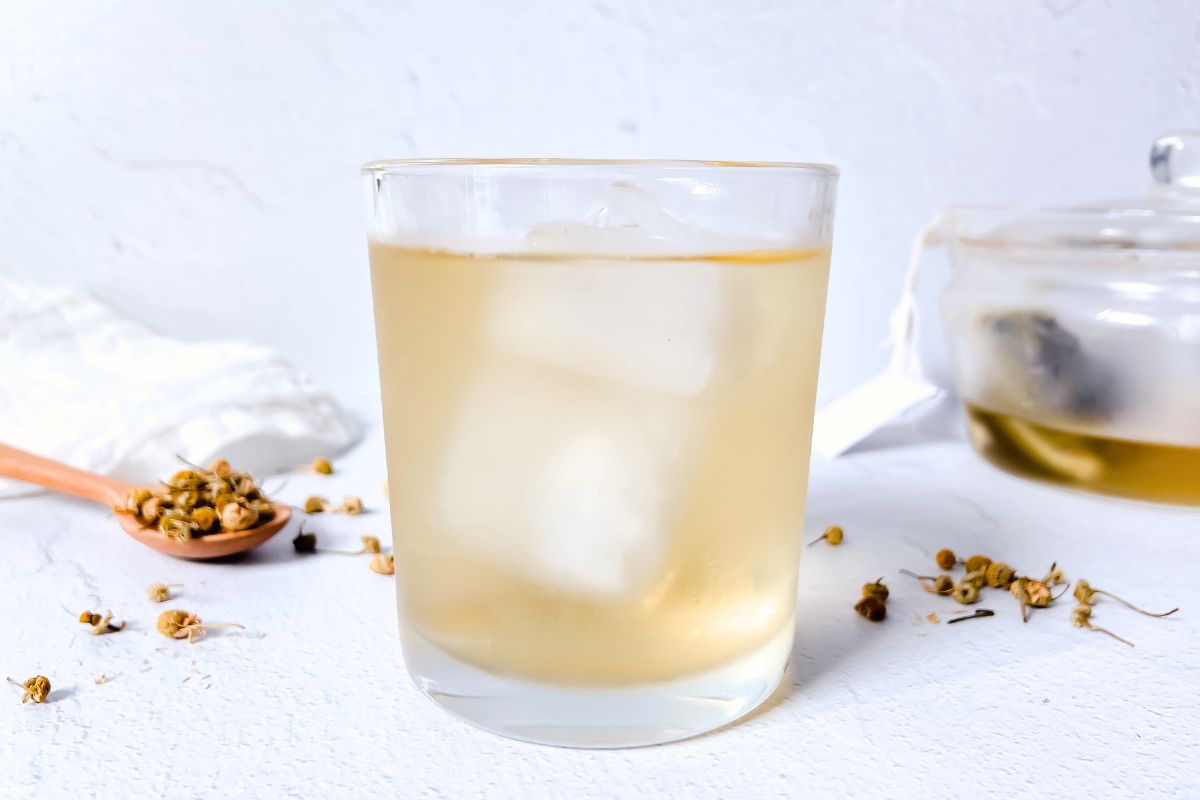


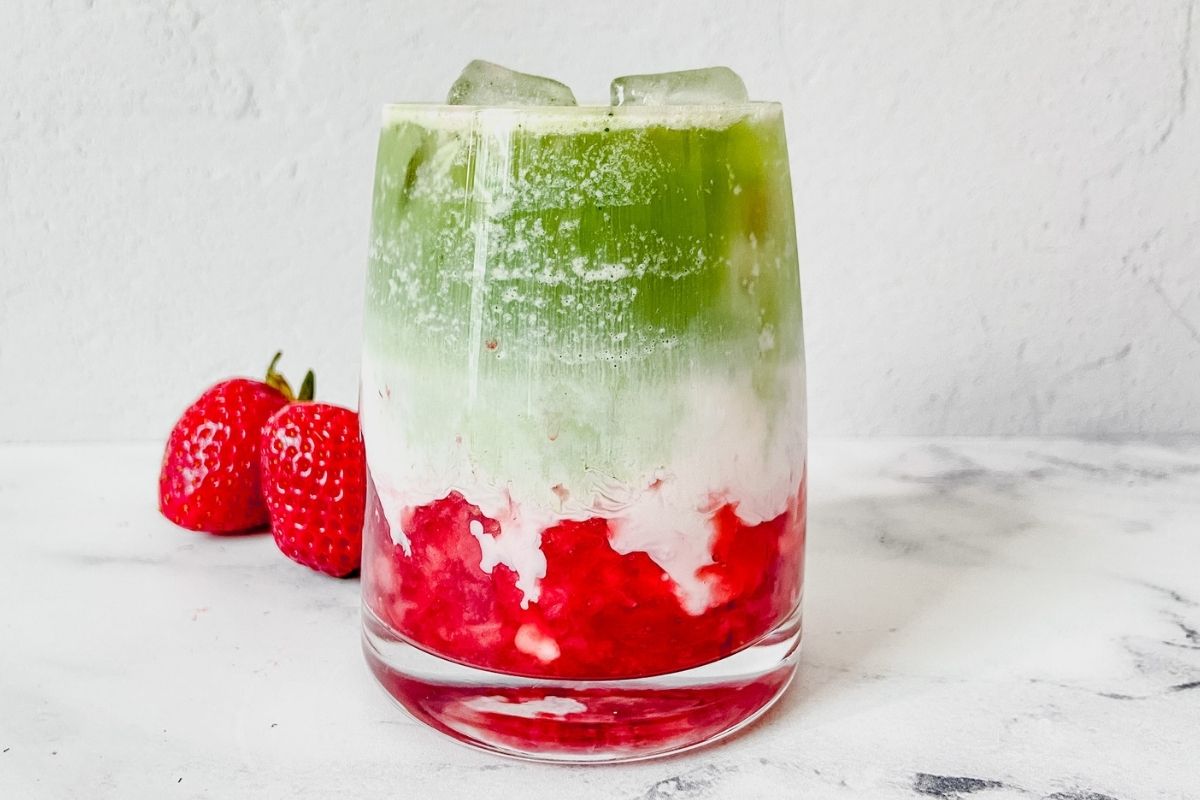
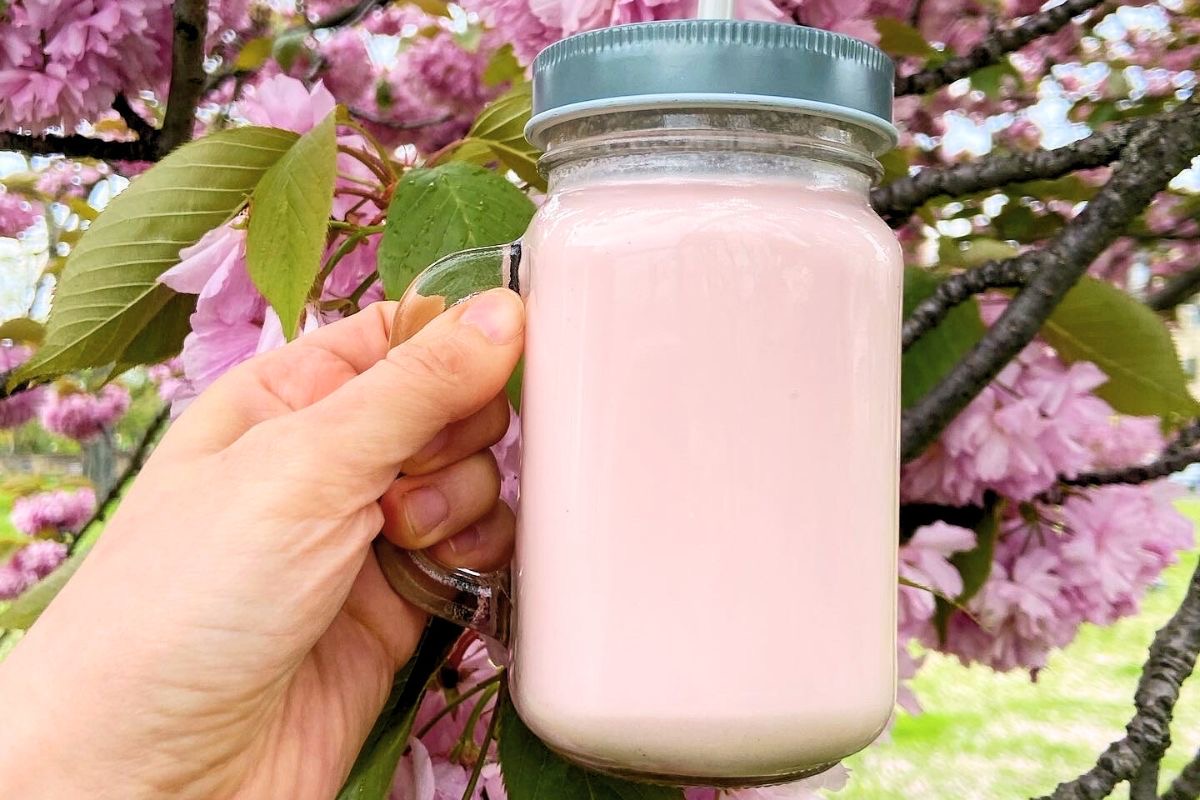
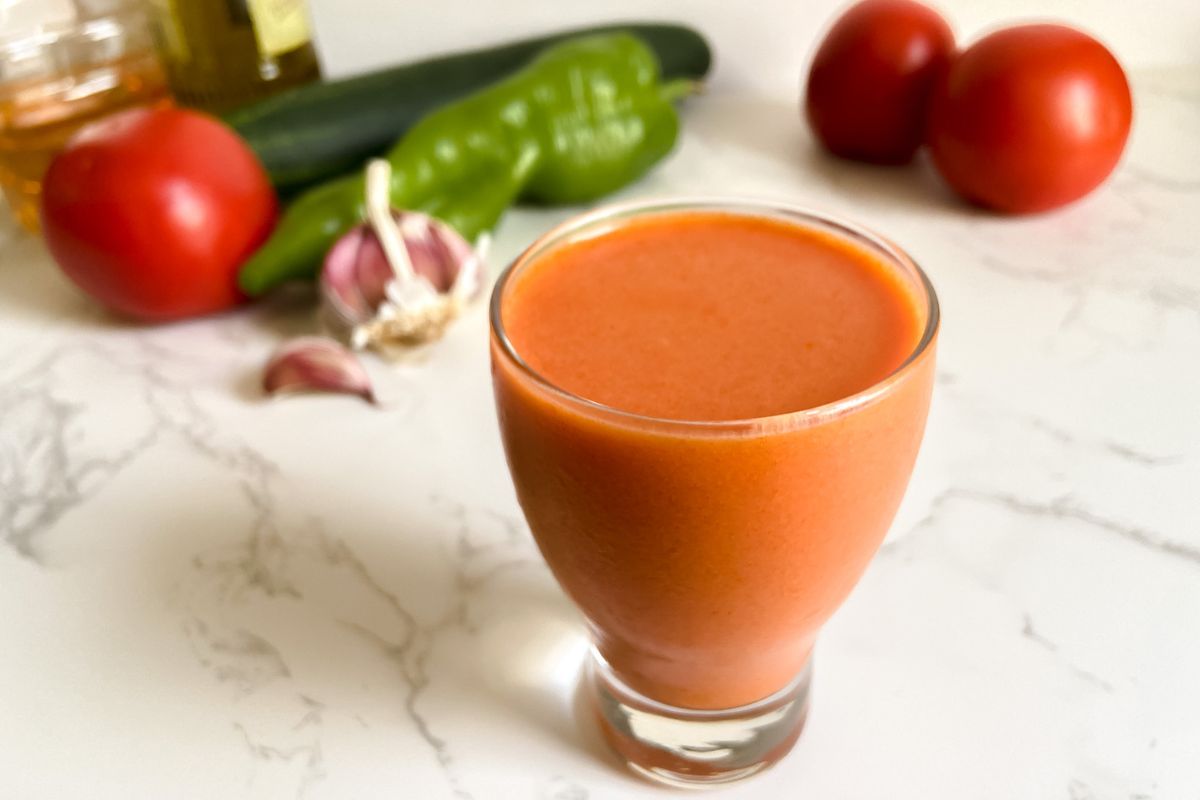
This is the first time I’ve heard of Purple tea. I can always learn so many interesting information about tea in your blog!
Happy to hear it! It’s a quite rare tea, but very enjoyable.